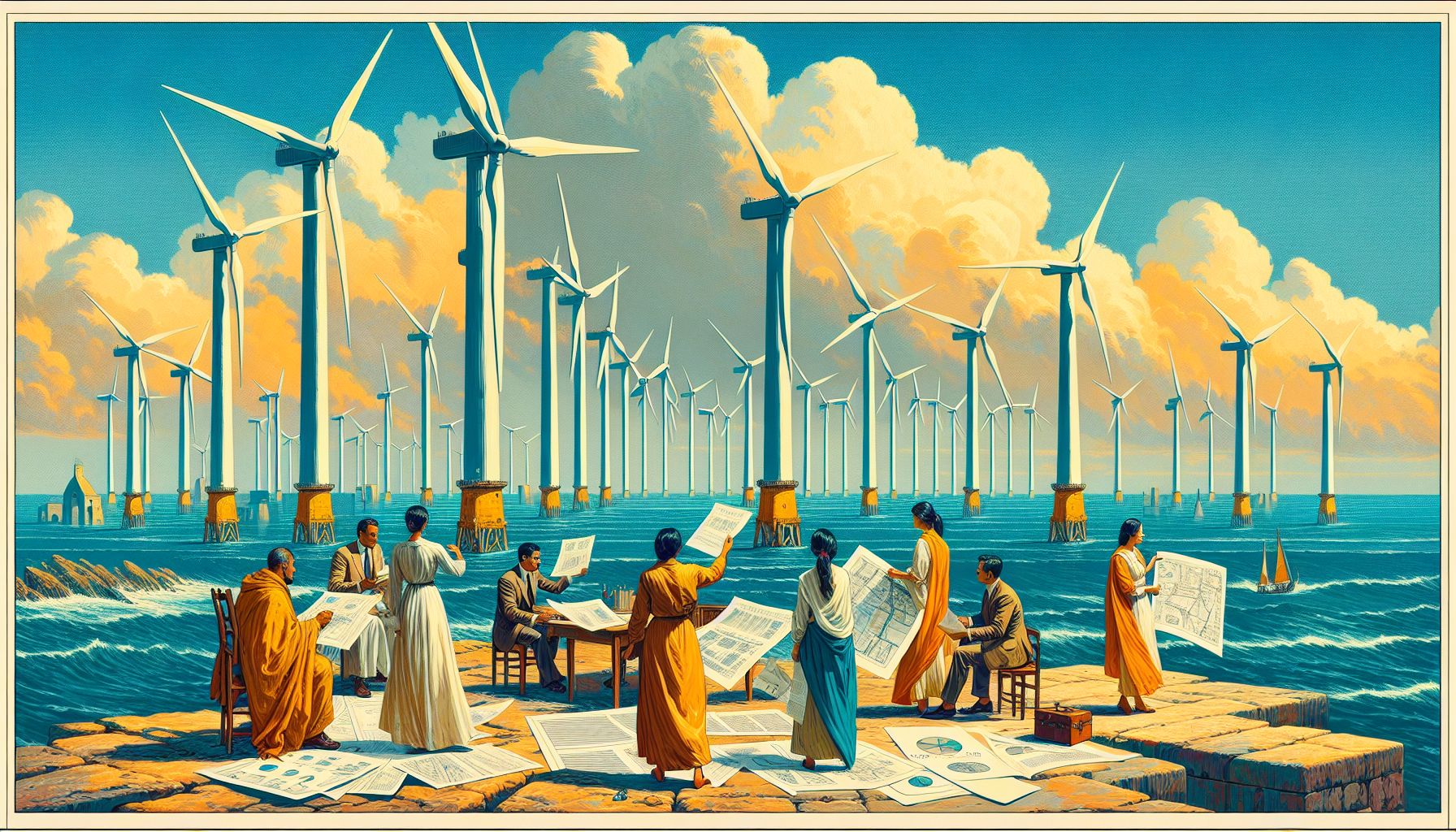Legal Frameworks Shape Offshore Wind Energy's Future

Groningen, Tuesday, 23 July 2024.
University of Groningen researchers explore how legal structures impact offshore wind development. The study aims to enhance regulatory policies, promoting safer and more efficient wind farm operations, and facilitate international cooperation in the rapidly expanding sector.
The Role of Legal Frameworks
Dr. Ceciel Nieuwenhout, an associate professor of Energy Law at the University of Groningen, is at the forefront of this research. Her investigation focuses on the legal aspects of energy transition and the development of offshore high-voltage direct current (HVDC) power grids. By scrutinizing current legal structures, Dr. Nieuwenhout aims to identify how legal frameworks can either facilitate or hinder the growth of offshore wind energy projects.
Enhancing International Collaboration
A significant aspect of Dr. Nieuwenhout’s research is understanding how legal frameworks can foster cooperation between countries and companies. The integration of switching stations from different producers and the interoperability of floating wind farms are complex issues that require robust legal solutions. By addressing these challenges, her research seeks to pave the way for smoother international collaboration, which is crucial for the global expansion of offshore wind energy.
Current Developments in Germany
Germany is a prime example of a country actively expanding its offshore wind energy capacity. As of the first half of 2024, the German Offshore Wind Energy Foundation reported the installation of 36 new turbines with a capacity of 377 megawatts (MW). The country aims to achieve 30 gigawatts (GW) of offshore wind energy by 2030, emphasizing the need to strengthen supply chains and ports essential for this expansion[1].
Strategic Planning for Future Growth
The Federal Maritime and Hydrographic Agency (BSH) of Germany recently presented a draft update for the offshore wind development plan. This plan outlines the path to reach 60 GW of offshore wind energy by 2037. The update focuses on identifying areas that benefit from simplified and expedited procedures under the EU Renewable Energy Directive. It also includes provisions for tendering and commissioning new offshore wind energy areas up to 2037[2].
Overcoming Supply Chain Challenges
Despite these advancements, the sector faces significant challenges. Disruptions in supply chains are forcing some green energy developers to defer key projects. This bottleneck threatens to derail ambitious wind power plans not only in Germany but also in other regions like the UK[3]. Addressing these supply chain issues is essential for maintaining momentum in the offshore wind sector and achieving long-term sustainability goals.
Conclusion
The research led by Dr. Ceciel Nieuwenhout at the University of Groningen highlights the critical role of legal frameworks in the development of offshore wind energy. By facilitating international cooperation and addressing regulatory challenges, her work aims to ensure safer and more efficient wind farm operations. Meanwhile, Germany’s strategic planning and efforts to overcome supply chain disruptions exemplify the proactive measures needed to achieve global offshore wind energy targets.

